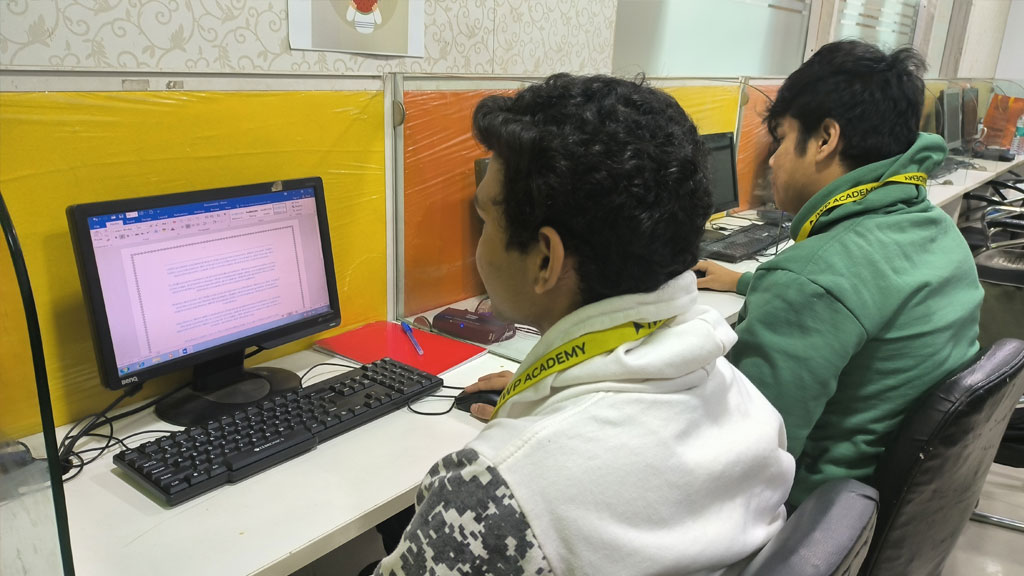Introduction:
In the digital age, where visual storytelling and interactive experiences reign supreme, a multimedia course becomes the passport to a world of creativity and innovation. This blog post explores the dynamic landscape of multimedia, from graphic design to video production, web development, and beyond. Join us as we unravel the multifaceted journey of a multimedia course, where imagination meets technology.
- Multimedia Mastery: An Overview of the Creative SpectrumA multimedia course is a comprehensive exploration of the tools and techniques that bring digital stories to life. Aspiring multimedia artists delve into graphic design, video editing, animation, web development, and more, acquiring a versatile skill set that caters to the diverse demands of the digital age.
- Graphic Design Brilliance: Crafting Visual IdentitiesThe foundation of visual storytelling lies in graphic design. A multimedia course introduces students to design principles, color theory, and the use of industry-standard software. From creating logos to designing user interfaces, multimedia artists learn to communicate ideas visually with impact.
- Lights, Camera, Action: The Art of Video ProductionVideo is a powerful medium, and a multimedia course equips students with the skills to produce compelling visual narratives. From scripting and storyboarding to shooting and editing, multimedia artists learn the art and science of video production, creating content that engages and captivates audiences.
- The Magic of Animation: Breathing Life into Digital WorldsAnimation is the enchanting realm where imagination takes flight. A multimedia course explores the principles of animation, from traditional 2D animation to cutting-edge 3D modeling and motion graphics. Multimedia artists learn to give life to characters and create immersive digital experiences.
- Web Development Wizardry: Building Interactive SpacesIn the digital era, the web is a canvas for interactive experiences. A comprehensive multimedia course covers web development, teaching students how to design and code responsive websites. From HTML and CSS to JavaScript and content management systems, multimedia artists become architects of the online landscape.
- Audio Excellence: Soundscapes and StorytellingMultimedia isn’t just visual—it’s auditory too. A course in multimedia introduces students to the art of audio production. From sound design for videos to podcast creation, multimedia artists learn to weave sonic elements into their digital narratives, enhancing the overall storytelling experience.
- User Experience (UX) Design: Crafting Seamless InteractionsUser experience is at the forefront of digital design. Multimedia courses often delve into UX design principles, teaching students how to create interfaces that are not just visually appealing but also intuitive and user-friendly. Understanding the user journey becomes paramount in creating impactful digital experiences.
- Portfolio Development: Showcasing the Multimedia OdysseyAs students progress through a multimedia course, the creation of a portfolio becomes a pivotal step. A well-curated portfolio is a visual testament to the multimedia artist’s growth, showcasing their evolving style, technical skills, and the diversity of projects undertaken during their educational journey.
Conclusion:
Embarking on a multimedia course is not just a technical education—it’s a voyage into the limitless possibilities of digital creativity. From designing visual identities to crafting interactive websites and producing compelling videos, multimedia artists become architects of the digital era. The journey of a multimedia course is a testament to the fusion of imagination and technology, where every project becomes a canvas for innovation and every artist emerges as a storyteller in the ever-evolving narrative of the digital age.

